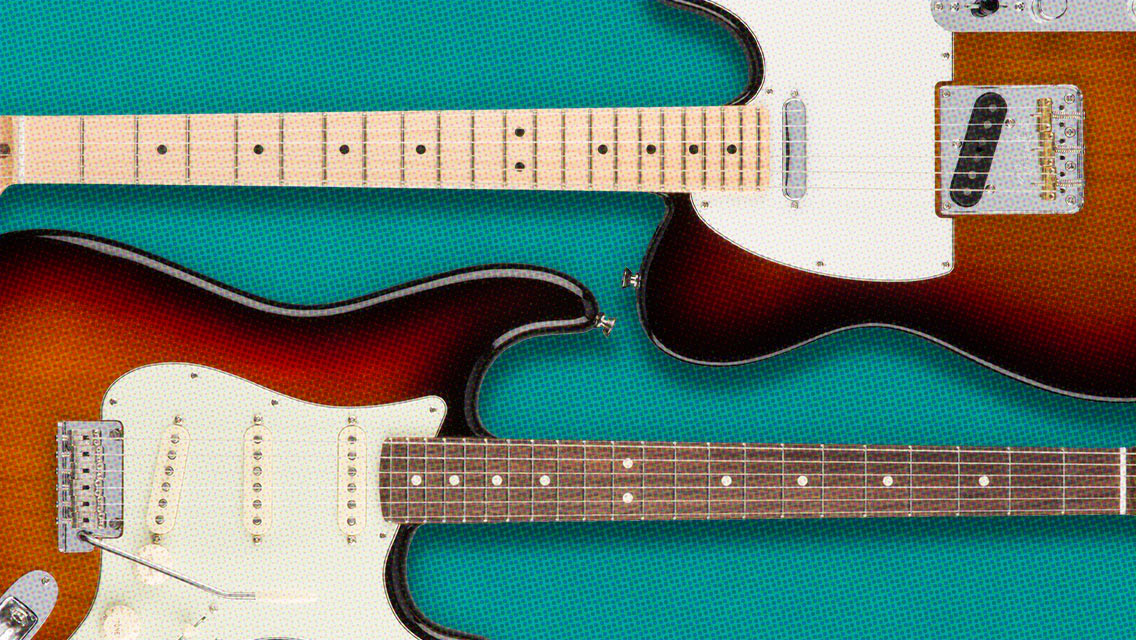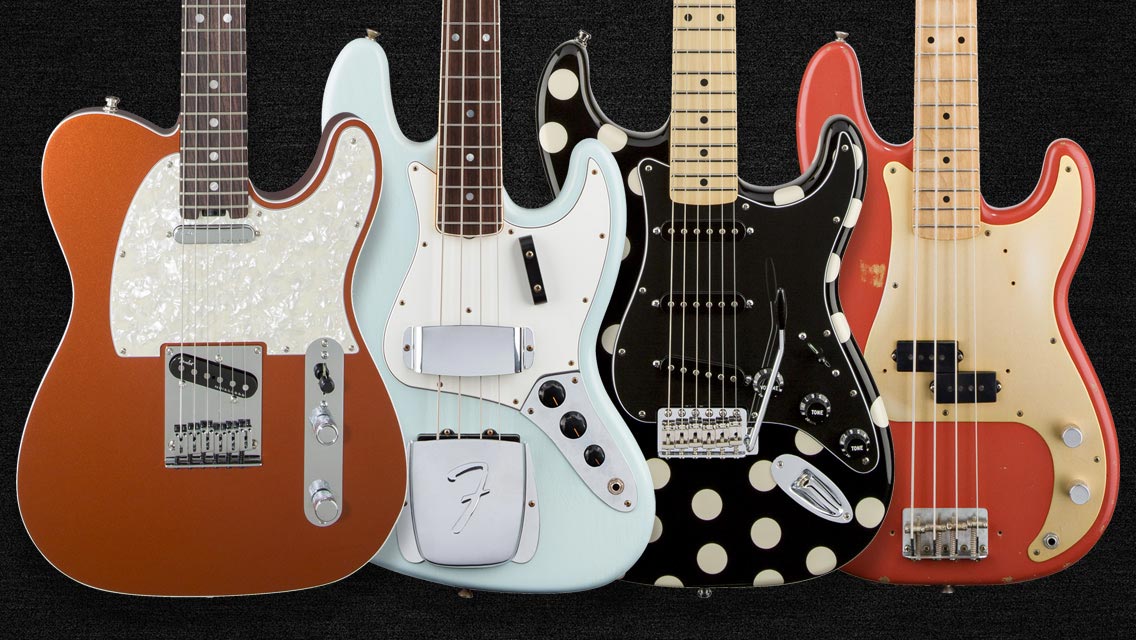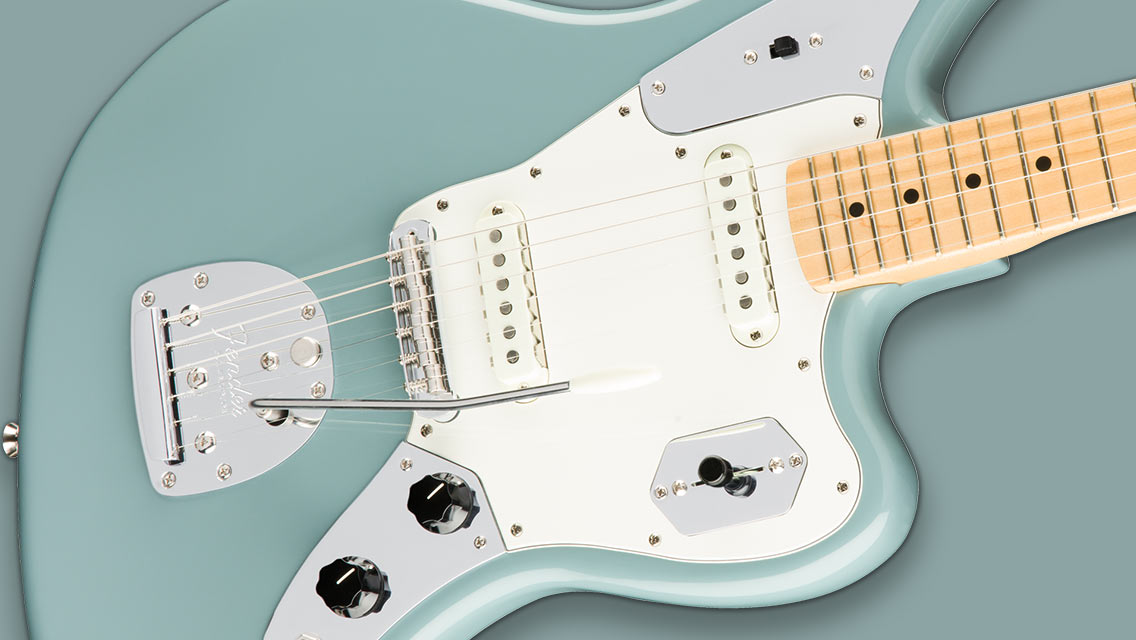
Sections
Even guitar greats like Jimi Hendrix and Eric Clapton began their guitar journey plucking a few simple notes. Playing single notes will help you build strength and dexterity in your fingers before you move on to learning chords. Needless to say, you should learn how to play notes as you continue your guitar journey.
Ready? Let’s get acquainted with your fretboard before you start playing notes.
What Is a Fret?
A fret is a piece of metal wire underneath the strings of your guitar. These wires are attached to the fretboard of your guitar and extend all the way down the neck. Typically, there are between 19 to 24 frets on a guitar, although some custom guitars can include even more frets.
The purpose of each fret is to mark where you’ll place your finger in order to play a specific note. Each fret typically marks a half-tone on the musical scale.
For instance, the first fret of your high E string corresponds to an F note. The second fret under your high E string is an F#, a half-tone (or “semi-tone”) higher than the F note of your first string. And the third fret of your high E string sounds a G note when you strike your pick against the string.
What Is the Difference Between a Fret and a Nut?
No, this isn’t a bad “dad joke” with a terrible punchline. It’s just another lesson on the anatomy of your guitar. The small, raised strip of wood or plastic that rests at the top of your fretboard is not a fret. This strip is known as the nut. It gently elevates the strings of your guitar so that they’re not flush against your fretboard.
A nut is also occasionally referred to as a “zero fret,” although, if you placed your finger on this “fret” you would not get a clear note. However, the nut is a necessary component. If you removed the nut, your strings would sit flat against your fretboard, making it impossible to play. The nut also helps control the spacing and placing of strings so that you have a clear, consistent sound every time you play.
How to Properly Fret a Note
In order to play a note, press your finger right above the fret itself. If you press your finger directly on top of the fret and strum your string, your finger placement will mute the note and it won’t ring out as clearly as it would if you placed your finger directly above the fret. Placing your finger on the “sweet spot” directly above the fret will allow you to produce a clear tone, every time.
The further down the neck of your guitar you play, the tighter the string gets. And the tighter the string gets, the higher in pitch your note will sound.
Watch the video above and hear the difference for yourself.
Do you want to start playing and expanding your guitar vocabulary? Sign up for a free Fender Play trial.
Don’t miss out!
Be the first to know about new products, featured content, exclusive offers and giveaways.


